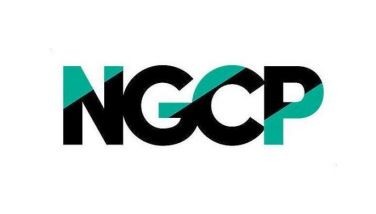UN body sees 6.7% growth for Phl this year
MANILA, Philippines - The Philippine economy is forecast to grow 6.7 percent this year, easing from the 7.2 percent growth in 2013, a report by the United Nations Economic and Social Commission for Asia and the Pacific (UNESCAP) said.
The UN body also urged the Philippines to improve its revenue collection to be able to achieve the modest growth targets.
“Tax revenue could be raised by about 11 percent,” UNESCAP said in its report.
It said the Philippine government needs to introduce policies to enhance domestic resource mobilization including rationalizing the tax system to create a larger tax base, tackling tax evasion and tax fraud, and strengthening tax administration.
In 2013, the Bureau of Internal Revenue collected P1.217 trillion in tax revenues, P158.72 billion or 15 percent more than collections made in 2012 but P37.04 billion or 2.95-percent less than the collection target.
But the report said the Philippines is still in a stronger growth rate compared with the rest of Southeast Asia, which is forecast to grow 4.6 percent, slower than the 4.9 percent pace in 2013.
It also recommended that the Philippines must offer greater fiscal space for sustainable financing for social services such as education, health and social protection.
UNESCAP said that despite all the damage and disruption caused by Super Typhoon Yolanda, inflation is still forecast to close the year at 4.3 percent or within the higher end of government’s outlook.
“The Philippines provides an example of growth driven by a conducive policy climate. The government has engaged in significant productive public spending in infrastructure and social areas, while private investment has also increased,” the report added.
Exports of goods contracted in 2013, owing to weak demand for electronics items, which account for about 40 percent of total exports. But imports also fell, resulting in a narrower trade deficit.
The trade deficit was more than offset by strong inflows from remittances, business process outsourcing (BPO) revenues and tourism receipts. The current account surplus thus increased slightly to 3.5 percent of gross domestic product (GDP) in 2013.
The Philippines was ranked among the countries in the region that increased the share of national income to its poorest 20-percent of its population.
But it is also one of the many Asian countries that ranked high in undernourishment, which includes Bangladesh, China, India, Pakistan, Solomon Islands and Sri Lanka.
The report explained that persistent inequality and social disparities are related to the prevalence of undernourishment. “Poverty and hunger are intertwined in a vicious cycle since undernourished people are less productive, and are therefore likely to fall into poverty, thus promoting social inequality.”
Meanwhile, developing Asia is forecast to expand 5.8 percent this year, up slightly from the 5.6 percent. In the pre-crisis period of 2005-2007, growth rates were in the vicinity of 9.5 percent and over seven percent in the 2010-2011 period.
“The constrained domestic growth prospects of the region have underlines the importance of productive counter-cyclical public spending to support inclusive growth and sustainable development,” UN Undersecretary General and ESCAP executive secretary Shamshad Akhtar said in the report.
This year, East and Northeast Asia is forecast to record a slower 4.1 percent, and North and Central Asia by a sluggish 1.3 percent. South and Southwest Asia will be better (with the help of the Philippines) by 4.7 percent from 3.9 percent in 2013.
- Latest
- Trending
























